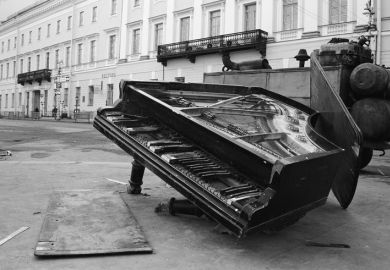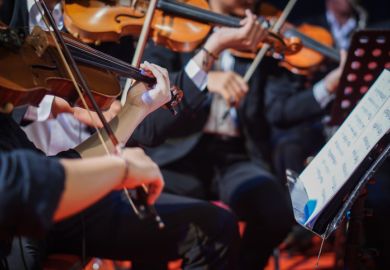It was the most lasting of domestic musical instruments: described by notable musicians and music theorists as "the mother of all musical instruments" in 1618; "the first grammar of all keyboard executants" in 1732; and still the "true keyboard" in 1805.
Yet until now the clavichord has been largely overlooked by music historians, who have failed to mark the important role it played in the development of Western keyboard music. Bernard Brauchli's book goes a long way to filling the gap and overturning common misconceptions about the clavichord with a comprehensive account of its private history.
Drawing on a broad range of evidence from literary documents (some presented for the first time in English), analysis of extant instruments, treatises and iconographical sources, he systematically tracks down the secret of the clavichord's success, spanning four centuries.
We find that with its unique expressive qualities, for a time the clavichord lived to rival the rise of the fortepiano. Its distinctiveness was owing to an extremely simple mechanism, the development of which Brauchli examines in minute detail - with numerous photographs, diagrams and illustrations accompanying painstaking descriptions.
The clavichord is a percussion instrument, its strings being struck by metal blades - unlike the harpsichord, where the strings are plucked by small quills. While the fortepiano also has a percussive mechanism, the clavichord is again different because its blades do not leave the strings once they have struck them. The vibrating or "speaking" section of the strings is then dampened and the sound immediately silenced once the key is released.
Since the clavichord was the only keyboard instrument in which the sound was not produced by the entire length of the string, it was somewhat disadvantaged by its limited volume. Brauchli explores how this affected the instrument's status and its place in the keyboard hierarchy. One 17th-century treatise, for instance, rather patronisingly suggested this characteristic made the clavichord "ideally suited to those who wish to learn to play the spinet without disturbing the neighbours".
However, there were features of the clavichord that set it apart for more favourable reasons. The fact that the blades remained in contact with the strings for the entire duration of the sound led to the most celebrated characteristic of the clavichord - its unique ability among keyboard instruments to produce a vibrato.
This quality features in a section of Brauchli's book, which helps to bring the more technical details to life, with an examination of aspects of clavichord performance practice. Such an examination is not only of interest to keyboard players, but also to anyone searching for an insight into how music was made on the clavichord. And since practice technique, musical composition and the development of instruments are all linked, it assumes special significance because, as Brauchli notes, "for more than three centuries clavichord technique was the standard basis adopted by music pedagogues for all keyboard instruments". He therefore includes a review of the part played by the clavichord in the creative output of major composers, including J. S. Bach, C. P. E. Bach, Mozart and Haydn. He concludes:
"The essential role that the clavichord played in the life of these composers and
consequently in the production and interpretation of their works has been sorely neglected."
If Brauchli's book has a weakness, it is that it might seem, from the point of view of the more general music reader, overly technical and too obsessed with the minutiae of clavichord construction. Precise measurements of the dimensions of extant instruments, fretting diagrams, types of wood used, construction techniques and tonal ranges are provided in such detail that the book sometimes verges on becoming a manual for clavichord collectors and makers.
Certainly it cannot be doubted that Brauchli has provided a thorough treatment of his subject, the text being supplemented by a comprehensive list of iconographical documents on the clavichord, technical terms in five languages, an account of the activities of the infamous 19th-century antique musical instrument forger Leopoldo Franchiolini, 60 pages of notes and a bibliography.
The abundance of detail serves a historical purpose, helping Brauchli track the evolution of the clavichord which, as he explains, "did not follow a linear direction but, to the contrary, progressed erratically from region to region and from country to country". Attention to detail is also necessary because "unlike harpsichord building, the clavichord building trade was much less structured and was left to the initiative of small, isolated workshops".
The result of Brauchli's efforts to cover almost every aspect of the clavichord is a landmark reference book, which puts paid to the notion that the "mother of all musical instruments" was a shadow of her louder, brasher offspring.
Tony Tysome is on the staff of The THES .
The Clavichord
Author - Bernard Brauchli
ISBN - 0 521 63067 3
Publisher - Cambridge University Press
Price - £70.00
Pages - 384
Register to continue
Why register?
- Registration is free and only takes a moment
- Once registered, you can read 3 articles a month
- Sign up for our newsletter
Subscribe
Or subscribe for unlimited access to:
- Unlimited access to news, views, insights & reviews
- Digital editions
- Digital access to THE’s university and college rankings analysis
Already registered or a current subscriber? Login



